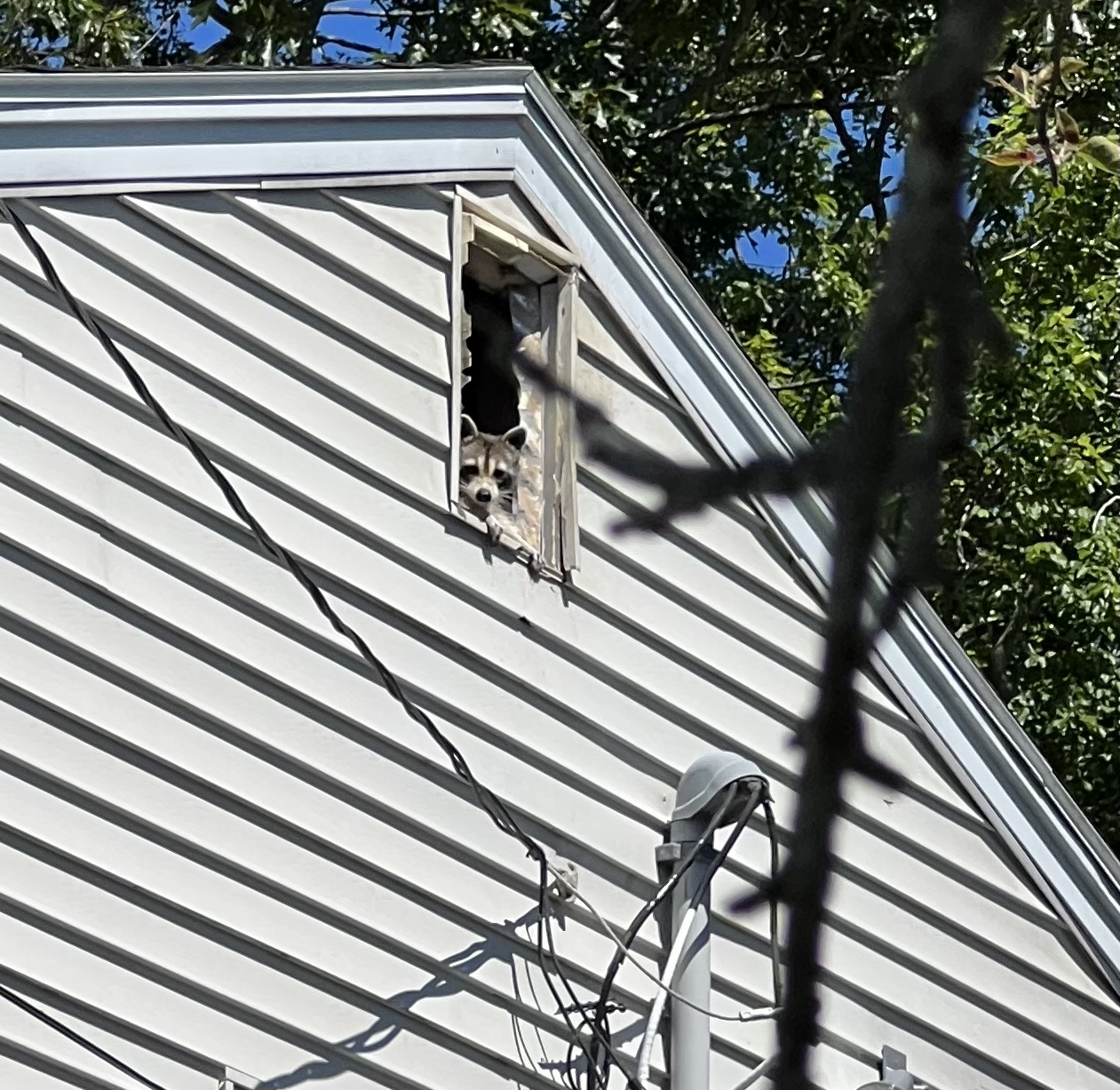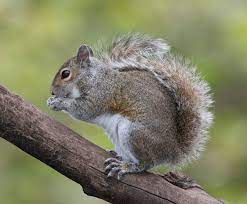How to Prepare Your Home for Fall Wildlife in 5 Minutes
- harveysanimalevict
- Sep 9
- 4 min read
Fall brings cooler temperatures, beautiful foliage, and unfortunately, wildlife looking for warm places to spend winter. Animals like raccoons, squirrels, and mice start scouting for shelter as early as September. The good news? You can protect your home with just 5 minutes of focused preparation.
This quick checklist targets the most common entry points and attractions that draw wildlife to your property. By spending a few minutes now, you'll save yourself hours of headaches later.
The 5-Minute Wildlife Prevention Checklist
Minute 1-2: Quick Exterior Walk-Around
Start at your front door and walk the perimeter of your home. Look up, down, and at eye level for obvious gaps or damage.
Check these high-risk areas first:
Foundation cracks wider than a quarter
Gaps around utility lines entering your home
Damaged or missing roof shingles
Loose siding or trim boards
Broken or missing screens on vents
Focus on areas where different materials meet - these joints often develop gaps over time. A mouse only needs a gap the size of a dime to squeeze through, while rats need about quarter-sized openings.

Chimney and roof inspection: Look for damaged chimney caps, loose flashing, or gaps around the roofline. These are prime entry points for raccoons and squirrels seeking attic access.
Minute 3: Secure Food Sources
Walk quickly around your property and identify anything that might attract hungry animals.
Food attractants to address:
Garbage cans without tight-fitting lids
Pet food left outside overnight
Bird feeders placed too close to the house
Fallen fruit from trees
Compost bins without secure covers
Raccoons are particularly persistent when it comes to garbage cans. If your lids don't fit snugly, add bungee cords or invest in locking mechanisms.
Pro tip: If you feed pets outside, establish a routine of bringing bowls in before dark. Leftover pet food attracts everything from mice to bears, depending on your location.
Minute 4: Eliminate Access Routes
Animals are surprisingly athletic. A quick scan for natural highways into your home can prevent major problems.

Tree and shrub assessment:
Tree branches within 6 feet of your roof
Dense shrubs growing against your foundation
Overgrown vegetation near entry points
Firewood stacked directly against the house
Squirrels can jump horizontally up to 10 feet and vertically up to 4 feet. Tree branches that seem "far enough" from your roof might still provide easy access.
Vegetation management: Dense shrubs against your home's foundation create perfect hiding spots for small animals and cover for larger ones attempting entry.
Minute 5: Quick Interior Check
Finish with a fast interior inspection of your most vulnerable areas.
Basement and crawl space: Look for daylight coming through gaps you might have missed outside. Check around pipes, cables, and ducts entering through exterior walls.
Attic access: If you can quickly peek into your attic, look for signs of existing animal activity - droppings, nesting materials, or chewed insulation.
Garage: Check that your garage door closes completely and that any windows or vents are properly screened.
What You're Looking For: Common Fall Invaders
Mice and Rats
These rodents squeeze through surprisingly small openings. Mice can fit through gaps as small as a dime, while rats need about a quarter-sized opening. They're attracted to warm spaces and food sources.
Common entry points:
Gaps in foundation
Spaces around utility penetrations
Damaged weatherstripping around doors
Squirrels
Excellent climbers and jumpers, squirrels often access attics through roof damage or gaps in soffits. They're active during daylight hours, so you might hear them moving around above you.

Typical access routes:
Tree branches to roof
Power lines to house
Damaged roof vents or soffits
Raccoons
These nocturnal animals are strong and persistent. They can tear through weak barriers and are excellent problem-solvers when it comes to accessing food or shelter.

Preferred entry points:
Chimneys (especially appealing den sites)
Large gaps in roofing or siding
Pet doors
Garbage areas
Red Flags That Need Immediate Attention
During your 5-minute inspection, certain discoveries require immediate action:
Call for emergency service if you find:
Fresh animal droppings in living areas
Sounds of animals in walls or attic during daylight hours
Strong ammonia-like odors (indicating urine saturation)
Visible animals entering or exiting your home
Significant structural damage from animal activity
Schedule prompt repairs for:
Any gap larger than a quarter
Damaged chimney caps or screens
Loose or missing roof materials
Broken foundation screens or vents
Seasonal Timing Matters
Fall wildlife preparation works best when completed by early October, before animals establish winter territories. Once animals move in, removal becomes more complex and expensive.
September: Ideal time for prevention work October: Last chance for easy prevention November-March: Animals are settled in; removal required before exclusion
Beyond the 5-Minute Check
Your quick inspection should reveal priority areas for weekend projects. Common follow-up tasks include:
Installing hardware cloth over foundation vents
Trimming tree branches away from rooflines
Replacing damaged weatherstripping
Adding chimney caps or screens
Securing garbage can lids
For larger repairs or if you discover active wildlife intrusions, professional assessment ensures effective, humane solutions.
When to Call the Professionals
Some situations exceed DIY capabilities. Contact Harvey's Animal Evictions if your 5-minute inspection reveals:
Animals already living in your home
Structural damage requiring specialized repairs
Multiple entry points or complex access routes
Species you're unfamiliar with or uncomfortable handling
Professional wildlife control combines immediate animal removal with comprehensive exclusion work, preventing future problems.

Our nuisance wildlife removal services address current infestations, while our wildlife repair services seal entry points and restore damaged areas.
Your 5-Minute Investment Pays Off
This brief inspection time investment can save you thousands in damage repairs and elimination costs. Animals cause significant problems once established - from insulation contamination to electrical hazards from chewing.
Most importantly, early fall prevention keeps your family safe and your home secure through winter months. Take 5 minutes this weekend to walk your property with this checklist in hand. Your future self will thank you when you're enjoying a quiet, wildlife-free winter season.
The key is consistency. Make this quick check part of your regular fall preparation routine, alongside other seasonal tasks like cleaning gutters and checking heating systems. Prevention always costs less than cure, especially when dealing with wildlife intrusions.

Comments